What's better than Cate Blanchett? Thirteen Cate Blanchetts. That's what you experience in Julian Rosefeldt's multifaceted art installation-turned-film Manifesto.
The installation, previously in Sydney and New York, filled a massive warehouse gallery with 13 segments of Blanchett in drastically different characters and contexts, reciting artists' manifestos from the last hundred-plus years. Projected on towering screens throughout the room, the synchronized seven-minute scenes swell to a crescendo as each of the Cates suddenly speaks directly to the camera in a precise pitch. The result, rather than creating cacophony, produces a symphony of dissonance.
The power of the piece emerges from the layers of dissonance. The film version offers an opportunity to indulge in each.
One such layer is Blanchett performing manifestos written primarily by men. Director Julian Rosefeldt, when asked if his casting choice transformed them into feminist manifestos, replies, "I wouldn't say that I transformed the manifestos. A few of them are already feminist manifestos. They definitely have gathered a feminine touch by being performed by a woman. The fact that a woman performs all of these texts transforms them and makes them available in a very powerful way."
The texts include manifestos from Karl Marx, Guy Debord, Andre Breton, Jim Jarmusch, and Lars Von Trier, to name a few. Rosefeldt edited the original texts and collaged sections into the new manifestos Blanchett dramatized. "It was a beautiful discovery to see that all of these artists that I had admired for their visual work were also great poets and writers," he says. When I compliment the delightfully diverse characters -- including a choreographer, funeral speaker, punk rocker, and puppeteer -- Rosefeldt describes them as "almost like idea containers rather than characters." While you never forget that you are watching the singular Cate Blanchett embodying these "idea containers," Rosefeldt urges the viewer to "in every possible way, forget about artistry, forget about the visual works, and come back to the poetic essence of the text itself."

But what is the poetic essence? Varied, to say the least. The film exudes myriad emotions, including vehement anger and startling humor.
One particularly funny segment features Blanchett as an unruffled news reader corresponding with herself as a field reporter in a downpour. They interrogate the inner workings of conceptual art, and then in meticulous prime-time cadence, she reports, "All current art is fake."

"People laugh now. ... It makes me happy," Rosefeldt says. "People ask me, is it kind of mockery, what I have done? Well, not at all."
Rosefeldt approaches the texts with reverence, while acknowledging the flawed humanity from which they stem. "When we see artists in museums like the MoMA or Tate Modern, we say, 'Oh, they really know exactly what they're doing.' That's not the case," he says. "Being an artist myself, I know very well that there's an aspect of insecurity behind every work of art. And I think these texts -- keeping in mind they were all written when the artists were very young -- they might be very loud and sound secure, but they're also very fragile and very insecure in a way."
He explores the fragility of gender and privilege in society with a striking portrayal of Blanchett as a homeless man. He shuffles through an industrial Berlin wasteland as "a kind of symbol for what's going wrong in our society ... like an ancient, archaic goddess or something, representing the underprivileged," Rosefeldt says.

The man's outsider status paired with the conviction of her delivery creates an impact I found inspiring for marginalized people. The film recalls Valerie Solanas's S.C.U.M. Manifesto and, more recently, The Thanksgiving Paris Manifesto, written by Jill Soloway and Eileen Myles, which calls for men to stop creating art for 50 years, among other things.
How can the act of creating a manifesto empower queer, marginalized, underprivileged people?
"I wouldn't limit it to underprivileged or queer people," Rosefeldt says. "A manifesto is supposed to be a very open work, something that is thrown out there. With a manifesto, always imagine the voice is independent from the writer. Acting out a manifesto means giving the manifesto away to anyone who can re-perform, read it, twist it. So it's a very democratic voice. Because wherever you are writing it, you're giving the manifesto ... it's manifesting itself. It has it's own identity once it's out there. I have a hard time limiting it to certain parts of society."
Working on Manifesto "reinforced the importance of the voice of artists in our society" for Rosefeldt -- a society as divided and diverse as the conflicting ideologies in his mosaic. "The game was more to picture the entire society," he explains. "Although they are stereotypes, they are representing a mosaic of different voices of our contemporary society."
Each scene seems to be in a different world from the last, and the characters would probably never meet. Yet it's those disparate worlds that reflects ours. When asked about the film's existence in such a politically polarized era, Rosefeldt emphasizes that Manifesto is an "antipopulist piece." "You hear all these populists talking and it's just volume, there's nothing in it." he says. "It's just empty, hollow volume. And then you hear the manifesto writers, and they might be loud and angry, but every word and every thought is resonating in you. I think Manifesto is an intelligent way of exchanging ideas and communicating in society."
The film offers a plethora of personas and viewpoints and no easy conclusions. It challenges you to choose which manifestos resonate with you and why. Among the clashing concepts, one rings clear: Manifestos are more relevant than ever.
"We had a feeling when we shot this project that it might touch on political issues of our time, of course," Rosefeldt says. "But we never had imagined the world as we have now. And in every Q&A after every screening, after every exhibition we're talking about politics now, we're talking about directly about Trump or at the exhibition in France about Le Pen; in Turkey they talk about Erdogan. All of a sudden, the audience reads the texts as a direct call for action and there's a direct kind of call to engage, politicize again. And I find that very encouraging."
Manifesto is now playing in select theaters. See all listings here.
Watch a clip from Manifesto below.





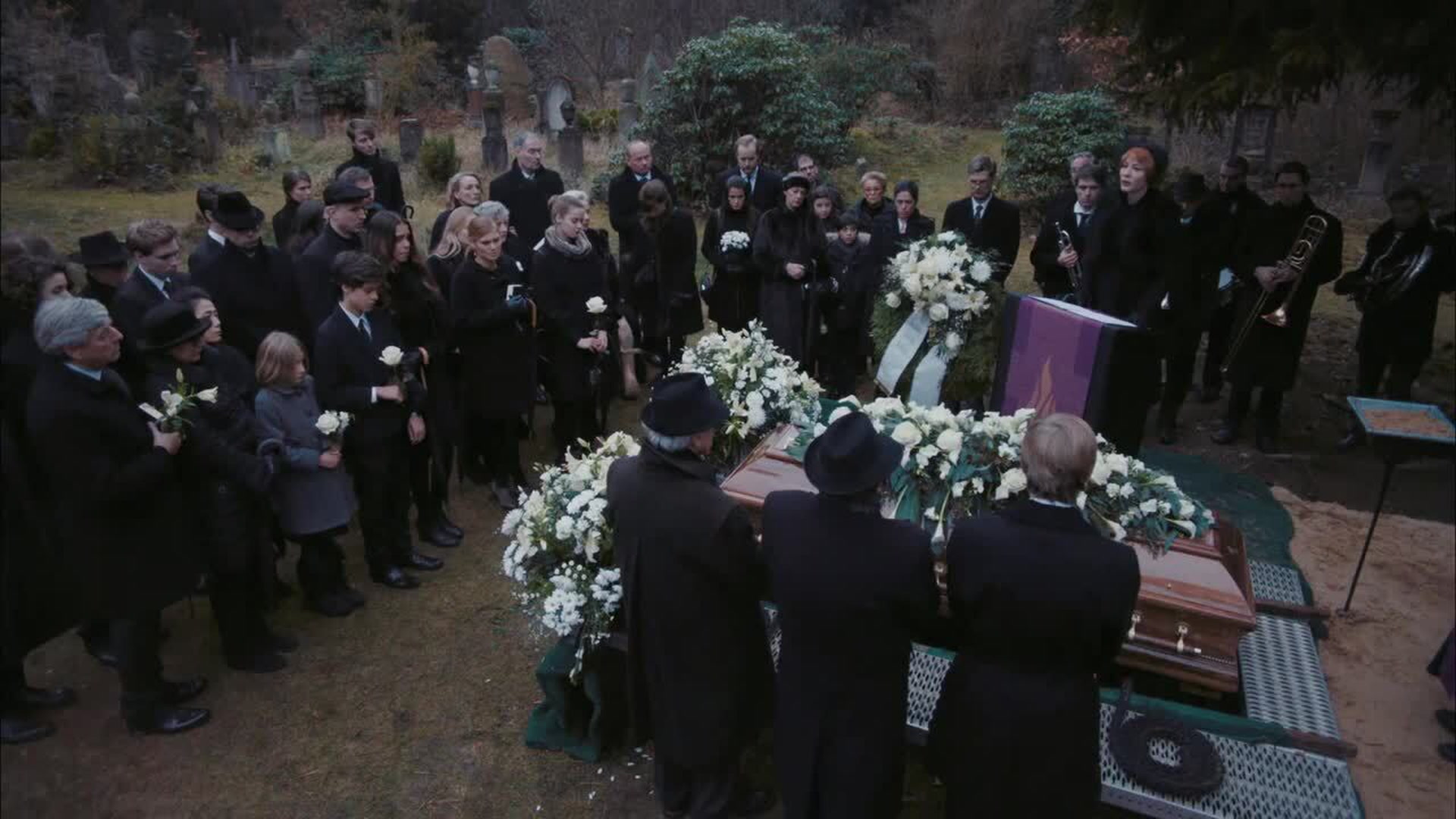






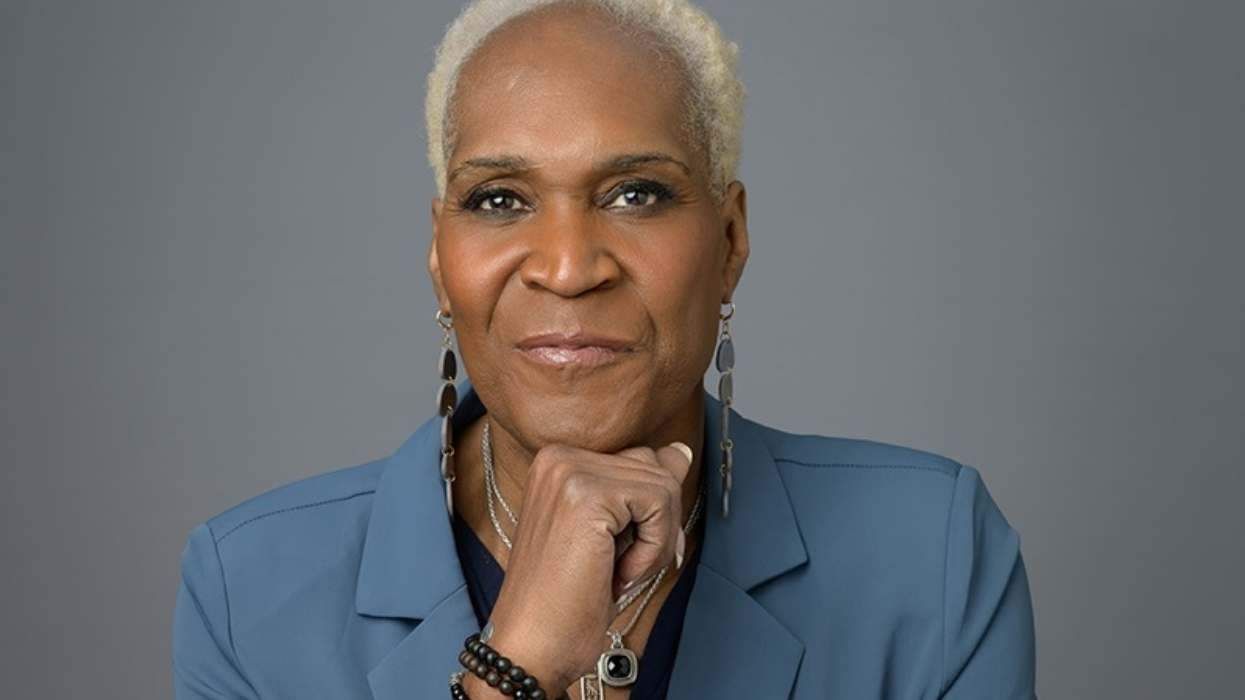




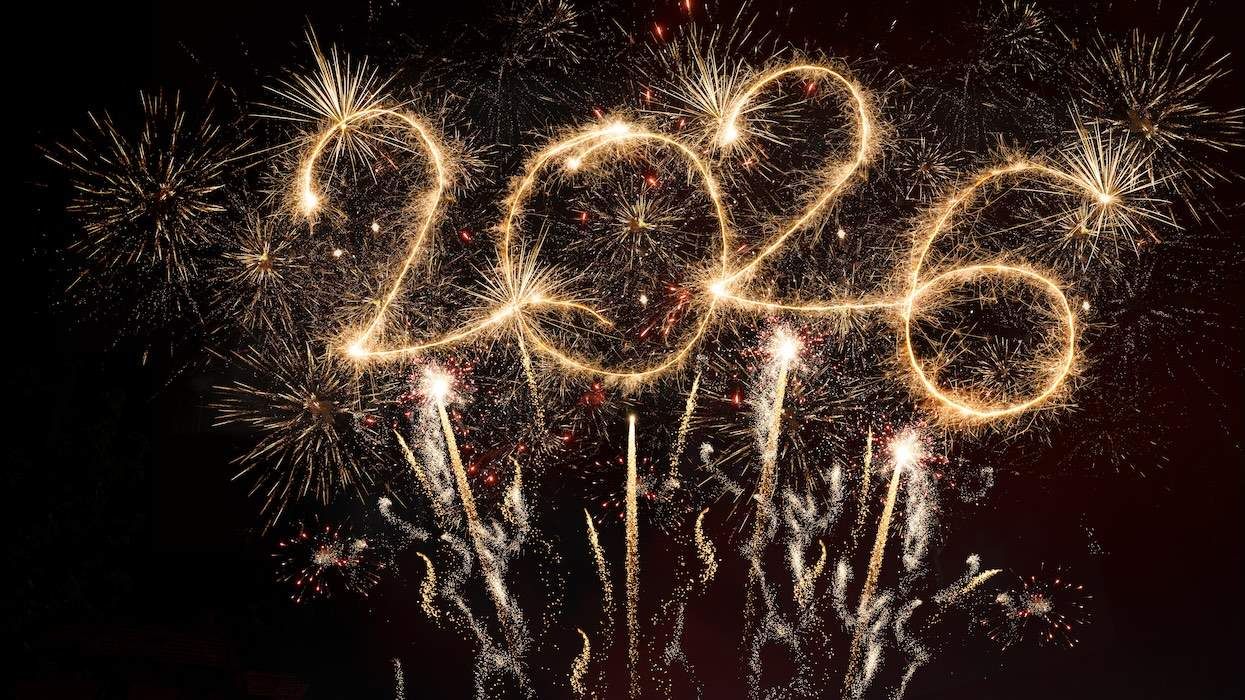





























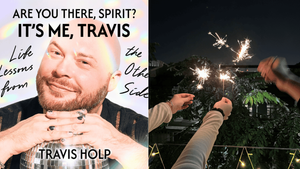








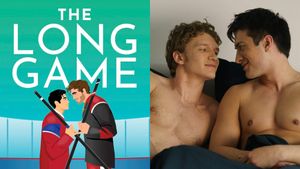


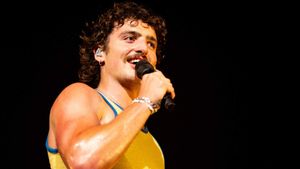
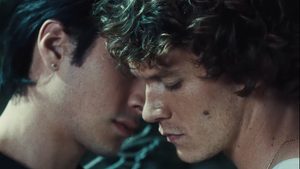








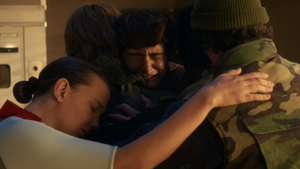


Charlie Kirk DID say stoning gay people was the 'perfect law' — and these other heinous quotes